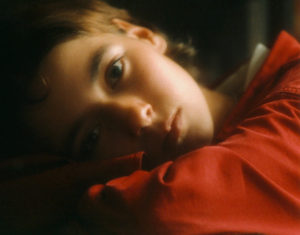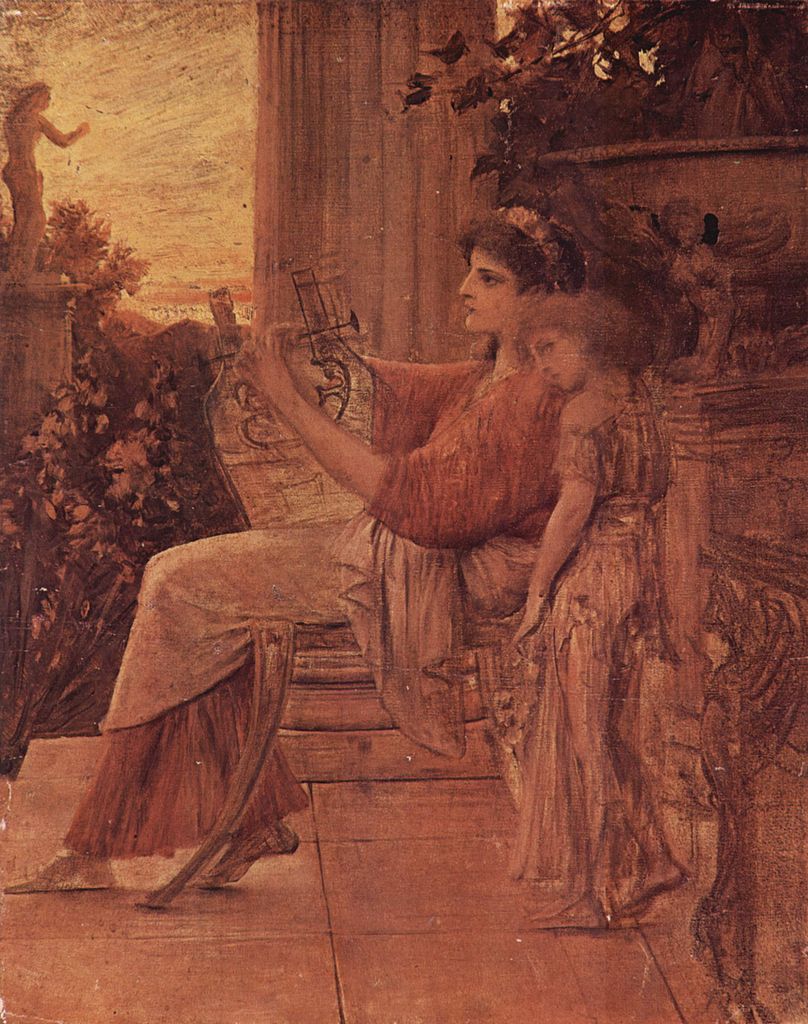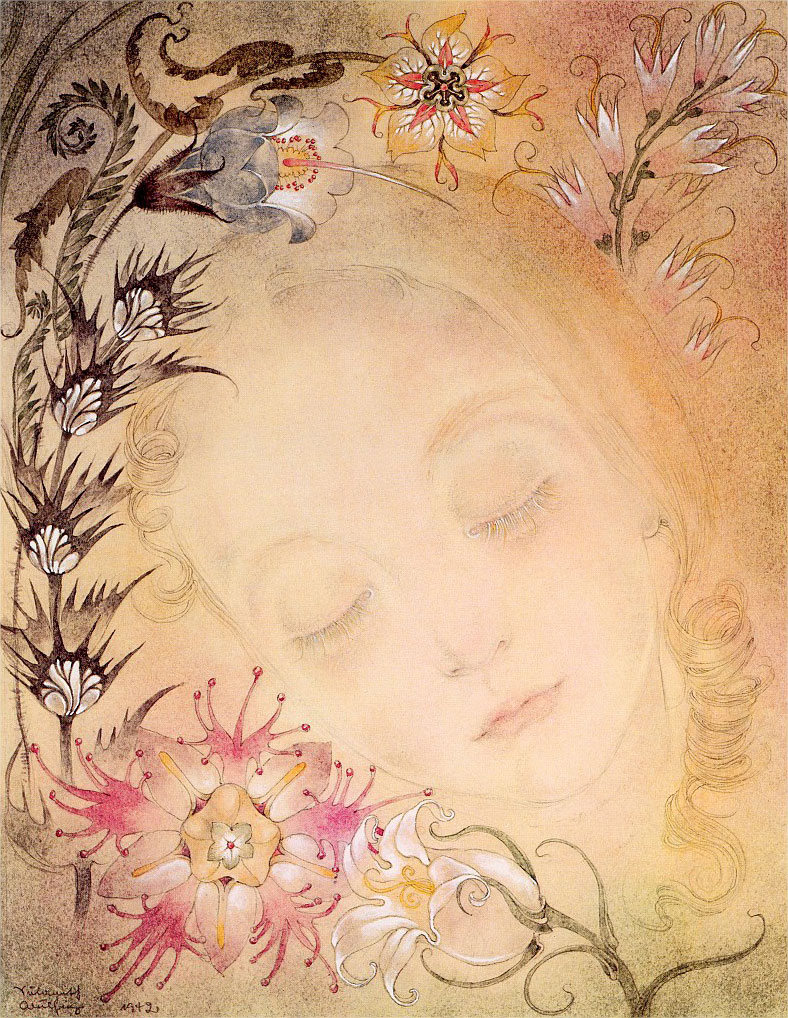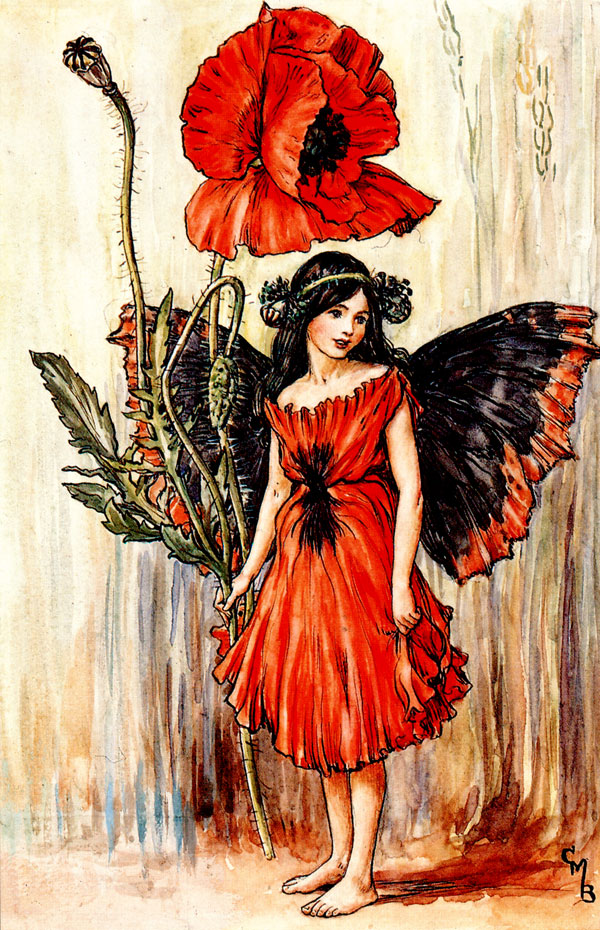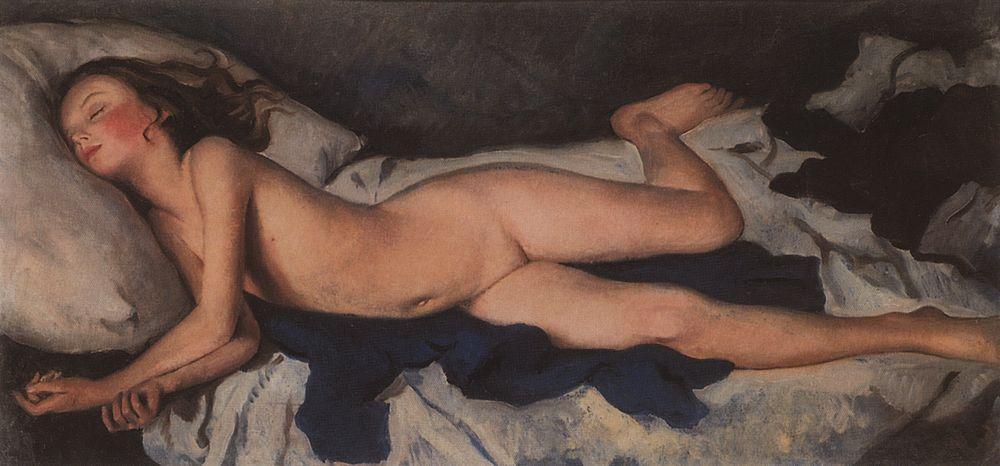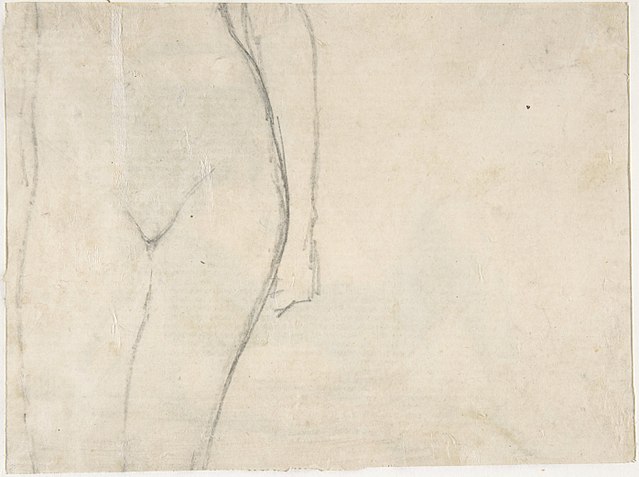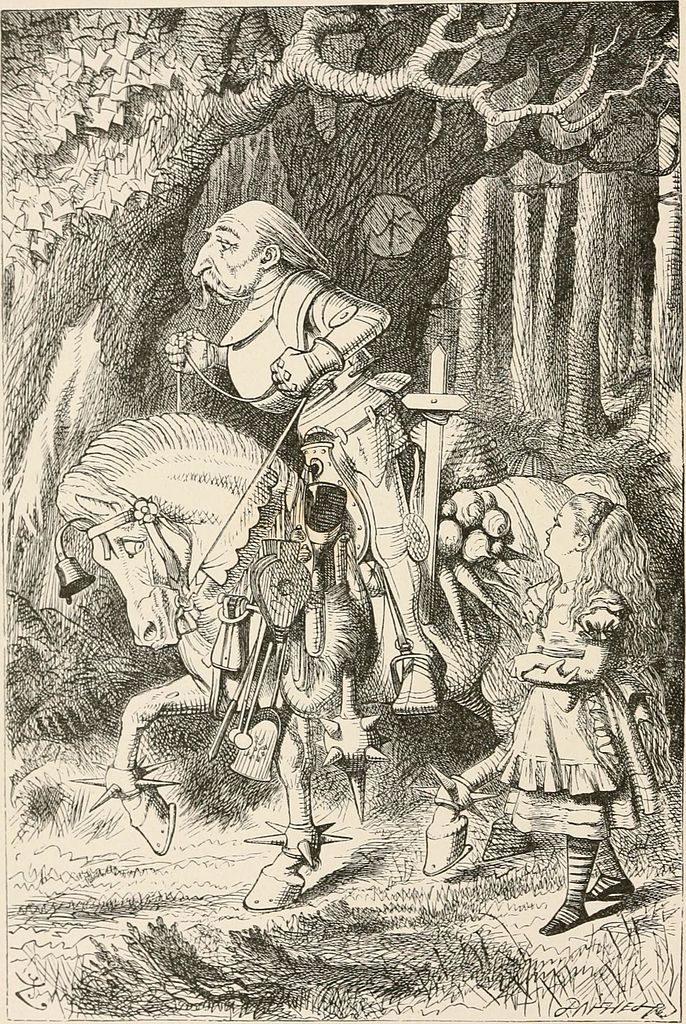
Crowley’s The Sword of Song (1904) consists mainly of two long poems, ‘Ascension Day’ and ‘Pentecost,’ both critical of Christianity; they are preceded by an Introduction and followed by lengthy notes. The title, with its subtitle and long dedication, is itself rather ironic: CONTINUE READING / CONTINUER LA LECTURE…
